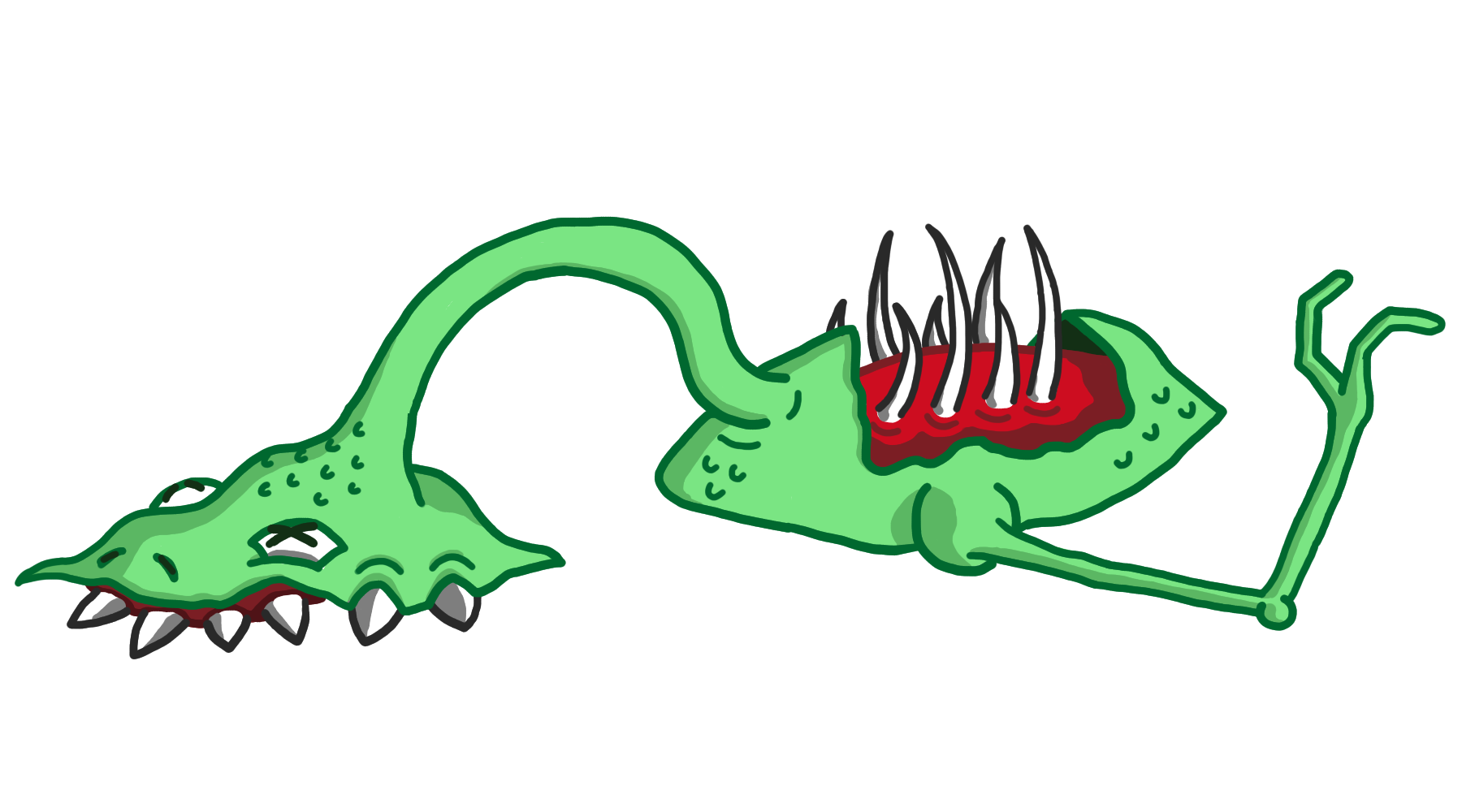The thing I work on the most is my Tumblr blog. I go by "haru-dipthong" there (no particular reason for the name, I just thought it sounded funny and vaguely language-related). I post about a variety of topics! Click the header for each section below to be taken to a version of my blog filtered to that specific topic.

Semiotics
Quickly - what is semiotics? Semiotics is the study of signs, meaning, and representation. It's the study of how one thing can represent another thing. Because it operates on such a high level of abstraction, it's quite difficult to reason about. An example would be words - each word I have written on this blog is a "sign", representing some meaning.
This is where the blog got started. For a complete history, see this post. The abridged history: at work, we made a sandwich club where we posted photos of sandwiches we made. Eventually people started asking questions like "can we post pics of burgers we made?" and "what about hot dogs?" I was so incensed by these absurd questions that I started looking for a good argument to explain why hot dogs aren't sandwiches. The blog started as a way of keeping a log of my thoughts as I read through a beginner semiotics text.

Linguistics
Combining my semiotics research and my experience learning Japanese (and small amount of research into second language acquisition), I also began thinking and posting about how language. In particular, I post about linguistic quirks of Japanese I've noticed, and what that can teach us about language in general. NB: I have no formal education in linguistics, so all of it should be taken with a generous pinch of salt!
This is probably what my blog is most famous for! I've made a few posts which have had decent reach through the Tumblr language learning community.

My Art
I also do a little bit of drawing. I mostly do thick-lined doodles and drawings of pokemon-esque monsters. I've done a small series of drawings of creatures with pokedex-style descriptions in both English and Japanese.
 Carcassiphon
Carcassiphon
To avoid being eaten, they blend into their surroundings using their corpse-like smell and appearance. While pretending to be dead, they suck up nutrients soaked in the grass and ground. When the ground under its head is spent, it uses its single arm to drag the body to a new location. The rib-like spikes keep it from being trampled by larger creatures. Its arm drives away flies and picks off parasites.
シシシバ敵に食べられないよう、死体のような臭いと見た目で地面に溶け込み、姿を潜めている。死んだふりをしながら草と土の栄養を吸い込む。 頭の下にあった地面の栄養を吸収し終わると、唯一の腕で新しい場所に身体を引きずる。他の大きな生き物に踏まれぬよう、 肋骨のような見た目のトゲで身を守る。腕でハエを追いやり、寄生虫を取る。
シシシバ is a combination of 死屍 (meaning corpse; or just a repetition of 死, meaning death) and 芝 (turf, grass). The バ can also refer to its teeth (歯), making the repetition of 死 three times instead of two.


